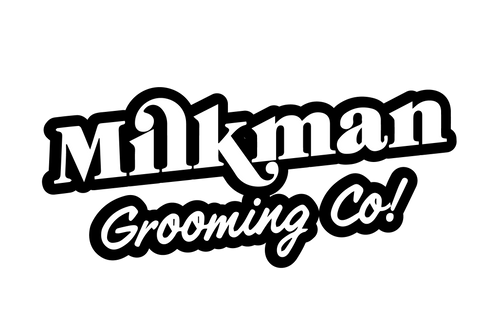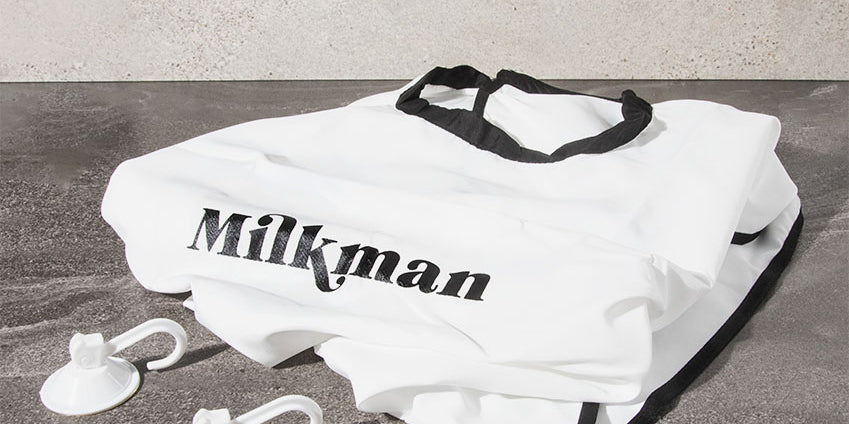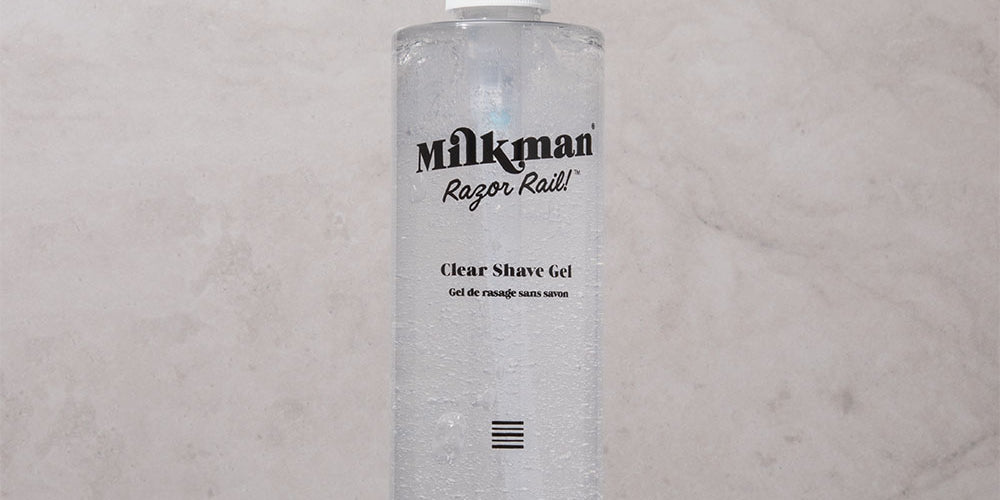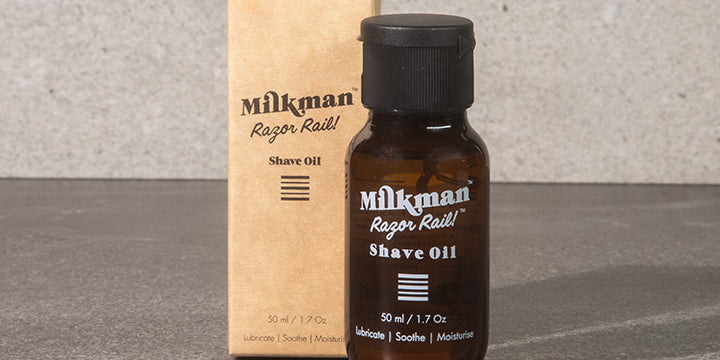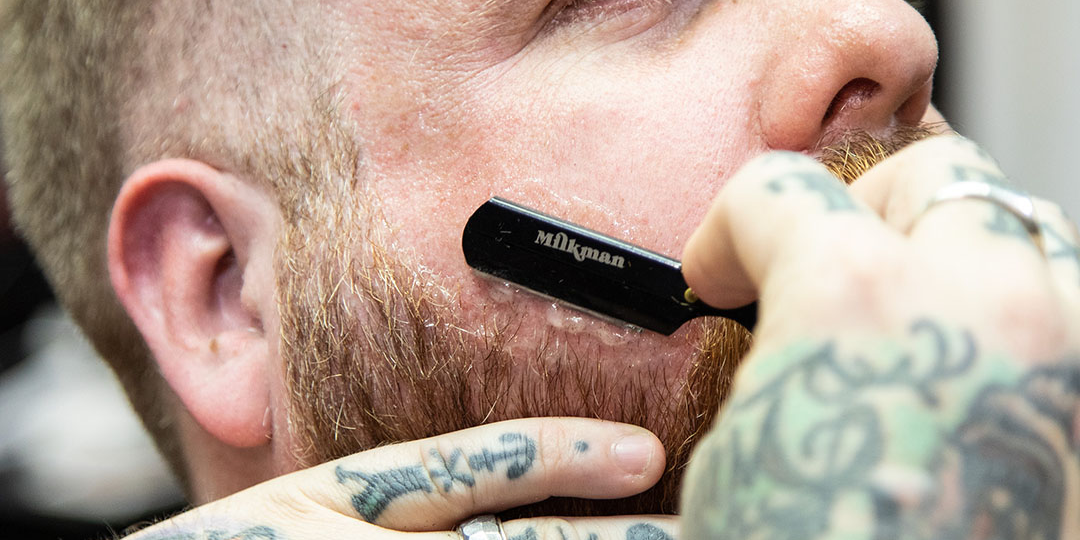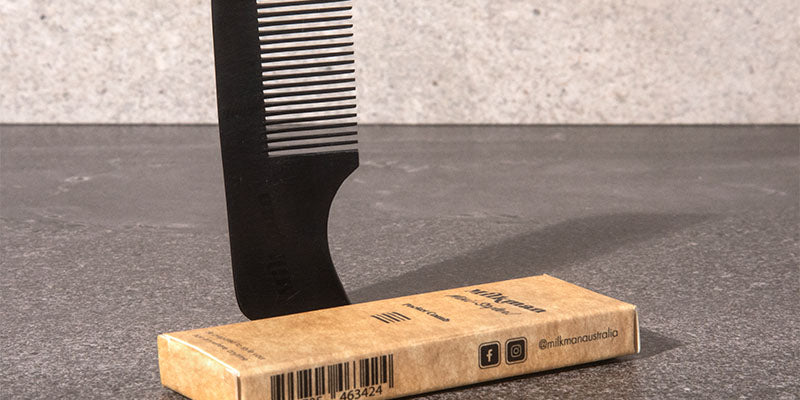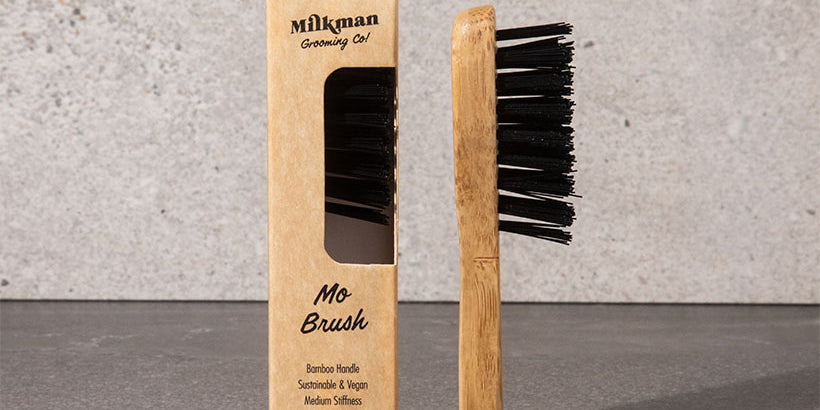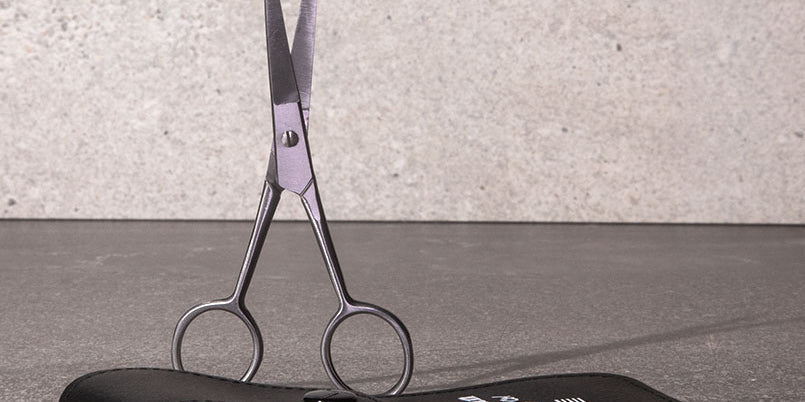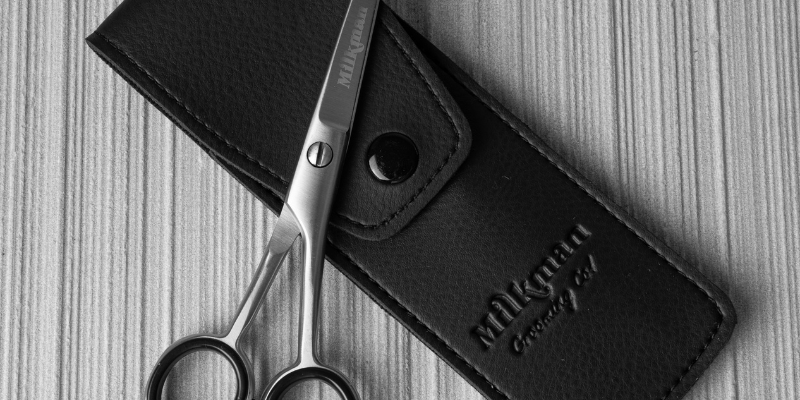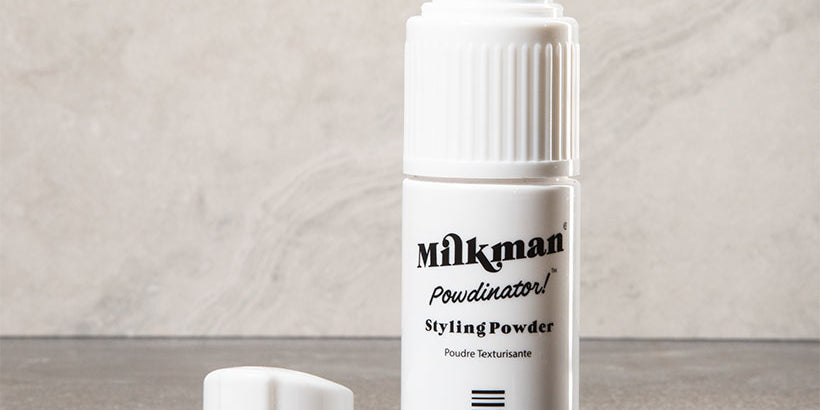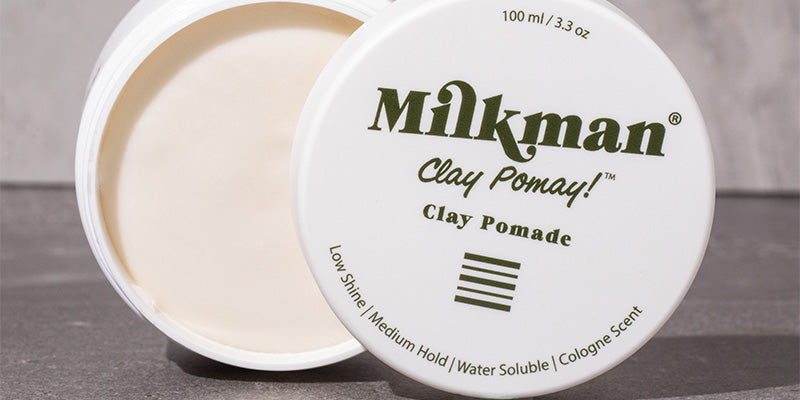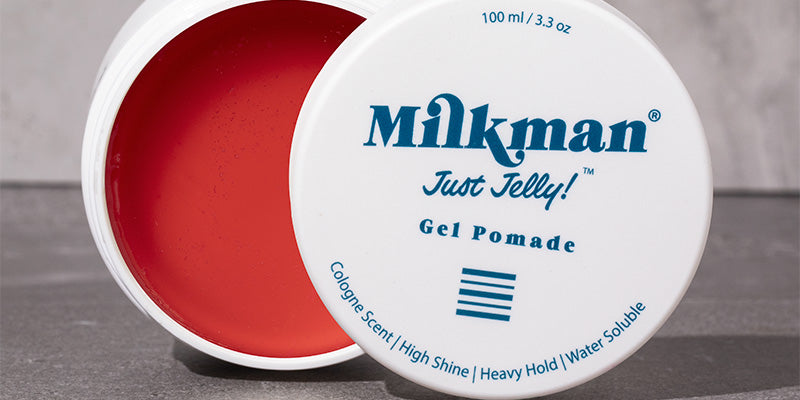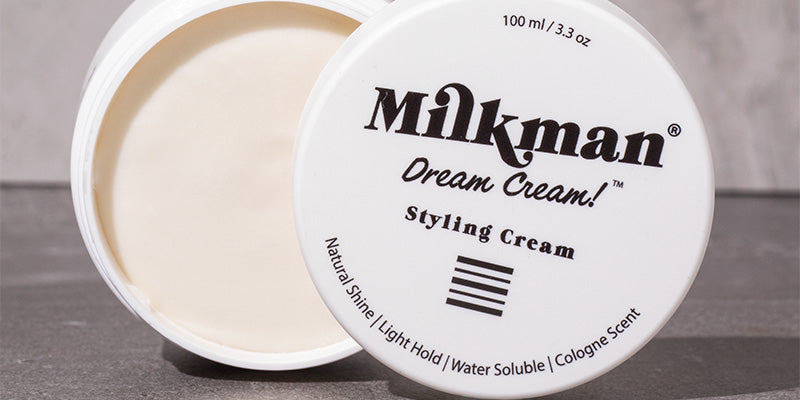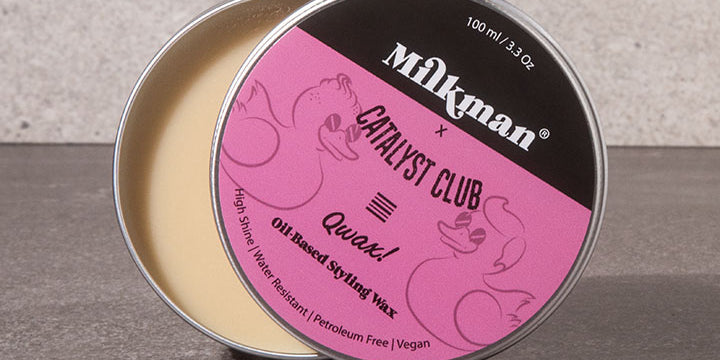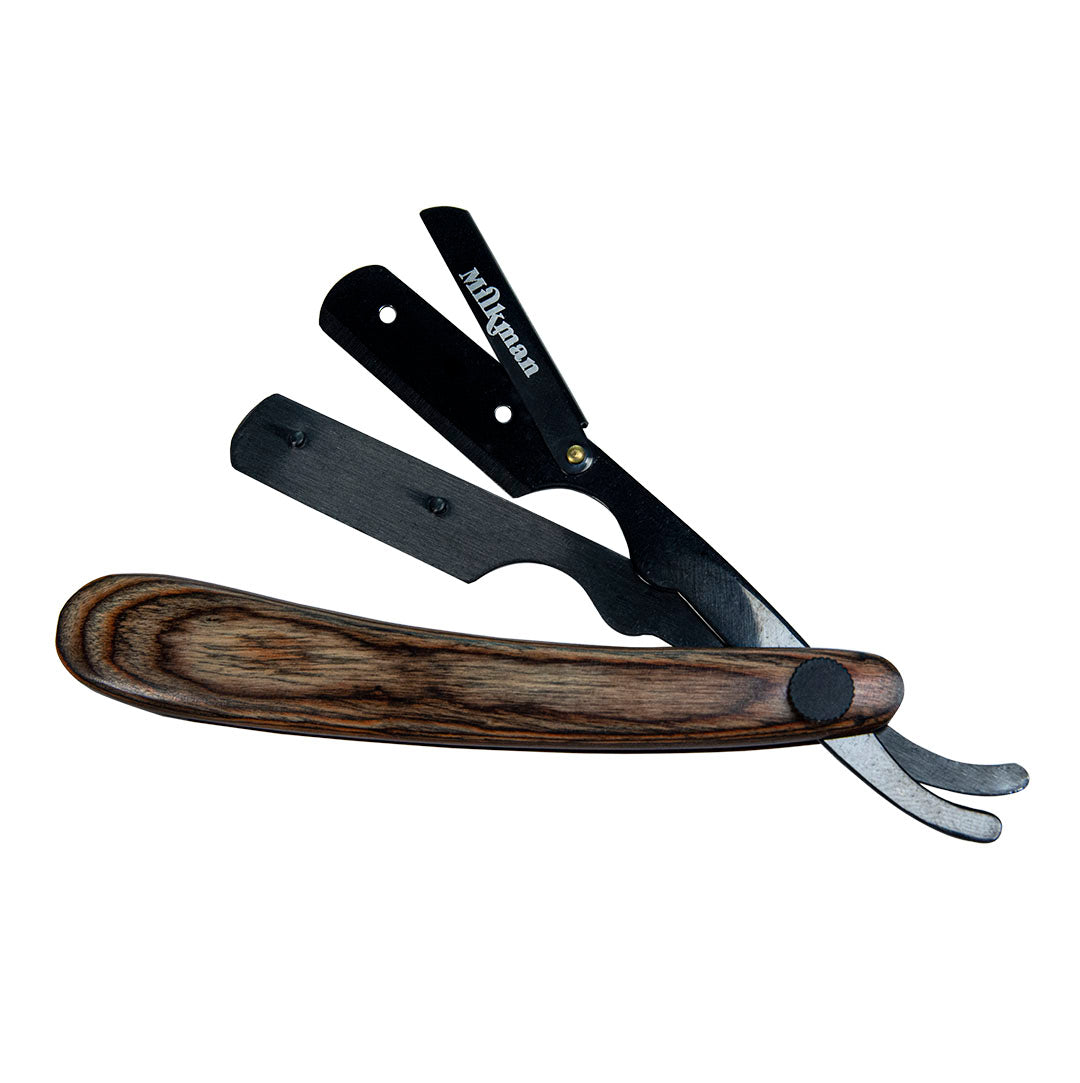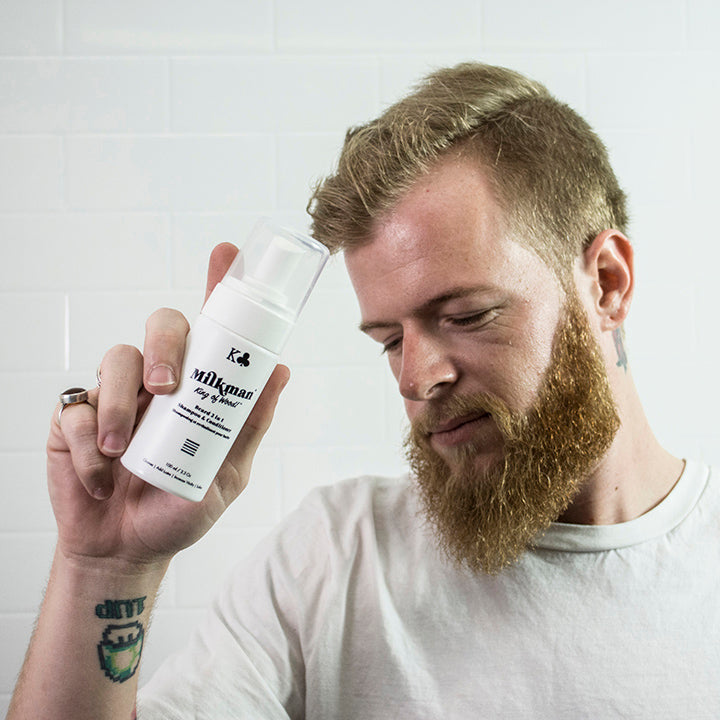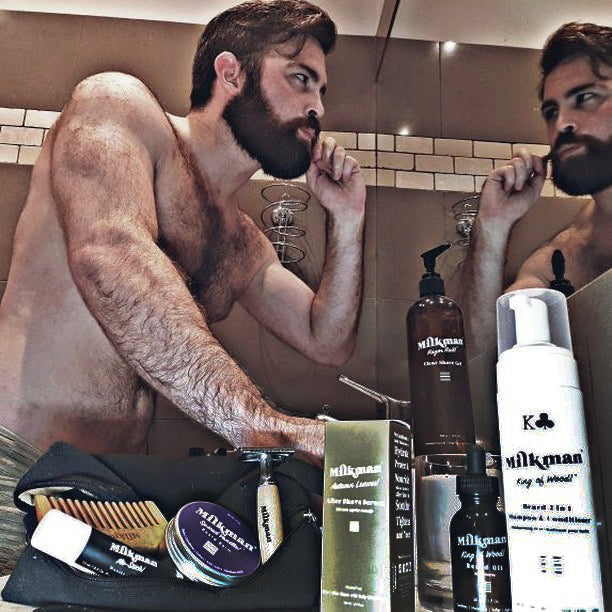
Brother, if you are curious about trying a straight-edge razor, then here’s the goods.
- Are you sick of wasting your hard-earned dough on cartridge razors?
- Do you splutter in outrage at the supermarket when you’re forced to hand over FIFTY BUCKS for, like, eight razors?
- Do you want a shaving solution that a) works b) is cost-effective and c) is less wasteful of plastic?
- Or do you just want to be an uber-cool dude who takes his life into his own hands with the thrillingly dangerous use of a straight razor each morning?
If you answered yes to any of these questions, then consider the straight-edge razor. And for your reading pleasure, we’ve put together an ultimate guide with everything you need to know about this increasingly popular, yet very old-school shaving technique.
What is a straight razor? Is it the same as a cut-throat razor?
A straight razor, or straight-edge razor, is a traditional razor with a blade that folds into the handle. Yes, it’s also charmingly called the cut-throat razor. Not exactly the name that gives you confidence to try it, eh? To confuse you further, we’ll use the different names interchangeably through this article. We reckon you’re smart enough to keep up.
History of the cut-throat razor
This thing has been around for centuries. Seriously, since the 1600s. The English weren’t content with just inventing all the good sports (soccer, golf, rugby, tennis). Admittedly, the yanks gave us basketball. Straight-edge razors originated in Sheffield in the UK in the 1680s. Those plucky Brits even exported their razors across Europe. They grew in popularity and remained largely unchanged till the early 1900s, when the safety razor began to replace it.
James Bond started it all (well, restarted it)
The 2012 Bond film Skyfall caused sales of cut-throat razors to boom when it showed Bond using the classic shaving technique. Razor retailers reported an increase in sales of up to 400%. Well, it has got to be the sexiest shaving scene ever recorded in film. When Naomie Harris says, ‘sometimes the old ways are best,’ we’re convinced. Frankly, if she said it’s best to wear our jocks outside our jeans for a day, we probably would do it.
https://www.youtube.com/watch?v=EA3LPt83QAc
Straight edge razors versus cartridge razors
It’s like comparing vintage fashion with Kmart. Sure, the Kmart stuff is great and we all can’t resist, but it’s cheap, made in a factory god knows where, disposable and not meant to last long. Straight-edge razors are all about quality and craftmanship.
The extra blades in cartridges really aren’t necessary. Hair gets clogged in them. They’re useless for beard shaving. The blades mean that with every swipe you’re covering the skin five times with a blade. (Most cartridges these days seem to have five blades ¯\_(ツ)_/¯.) That extra shaving is a common cause of razor rash, making you look like your 15-year-old cousin who just started shaving.
Plus, they’re not a sustainable option, because you’re chucking out the plastic every few days between shaves. Straight razors have no plastic waste. Earth for the win.
We don’t want to get all woo-woo on you, but it’s a nice daily ritual to shave with a quality blade. It makes you feel rather gentlemanly and a bit posh. It’s fun to shave just the way your dad or granddad did too.
Pros and cons of using a straight razor
The straight razor has a number of benefits:
- gentler on skin than cartridge razors with multiple blades—a common cause of razor burn
- larger blade surface means it covers a wider area with each shave, making it more efficient (an experienced user can therefore complete a shave fairly quickly)
- the nostalgia of using a razor that men have been shaving with for centuries
- the quality craftsmanship of straight-edge razors and the process of shaving can become a soothing morning ritual (‘you’re worth it’)
- when cared for, a razor can last years, and can even be passed from father to son
- gives you plenty of control over your shaving technique
On the other hand, there are some cons:
- you have to manually hone the blade (known as stropping: more on that later)
- stropping can only do so much: you also have to use a honing stone or get it professionally sharpened from time to time
- this technique takes time to learn and there is a risk of cutting yourself if you are careless or don’t look after your blade
What’s this stropping business? How do you strop a razor blade?
After three or four shaves, your blade becomes more aligned with the head, and that causes bluntness. Stropping the blade gets it back into shave-worthy condition. You need a specially-made piece of leather known as a strop. Pass the blade back and forth over the strop till the blade is in shape again. (There’s plenty of YouTube videos to teach you how to do it.)
Stropping can only do so much: your cut-throat blade needs honing
Sigh. You’ll also need to hone your blade from time to time. You can do this at home with a honing stone or you can have your blade honed by professionals. If you care for your blade well by keeping it clean and stropping it every third or fourth shave, you only need to hone once a year.
Want the style of cut-throat shaving without the hassle of sharpening blades?
If all this talk of stropping and honing has you thinking, ‘stuff all that work, I’ll stick with cartridges, thanks,’ then we have a solution for you.
Our straight-edge razors give you the style without the sharpening hassle, by allowing you to insert disposable blades into the razor.
Buy a straight-edge razor
By remarkable coincidence, we happen to stock the cut throat razors that are compatible with replaceable blades.
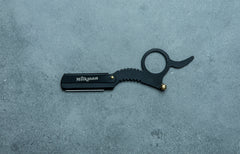
Titanium Black Shavette With Ring Grip

Cut Throat Razor With Wood Handle
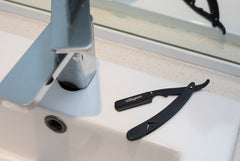
Chevron Cut Throat Razor (Various Colours)
If you prefer to go completely old-school with a traditional cut throat razor... we don’t stock them but you can find them elsewhere online. Beware though, they require regular sharpening to maintain them (which is a pain) and they are very dangerous to leave lying around. Keep out of reach of children.
If you’re going to explore the word of traditional straight razors, we suggest trying a low-cost model, before investing in a piece of superior quality. The cheaper models are less durable and tend to be metal plated.
How to prep your skin for shaving with a straight razor
Shaving a dry face is like feeding gremlins after midnight. You never do it. This rule is sacrosanct no matter what kind of shaving technique you prefer. So for shaving with a straight edge razor, you need to prep your skin first. The best way is to have a shower. All that heat opens up pores and softens the hair follicle, making them more pliable. Otherwise, you can rest a warm towel on your skin for two minutes to replicate the shower effect on your skin.
Prepping your skin for shave
A shave lubricant will finish what the shower started. Shave soaps tend to dry out the skin. Try a shave oil or gel that softens the skin, smells great and reduces your chance of shaver burn. If you like the traditional aesthetic, the old-fashioned shaving brush gives you good control of the application of the shave balm. But really, the good old fingertips do a fine job.
How to shave with a straight edge razor
We’ve written a whole article on how to use a cut-throat razor.
Here’s the TL;DR version.
- You can use it to create sharp beard lines or a full shave
- Have a shower first, it opens up the hair follicles, making them more pliable
- Use a good quality shave lubricant
- There’s opinion on the so-called ‘right’ grip but we say whatever grip you naturally use is best
- Stretch the skin in the path of the razor
- Position the blade at an angle of about 30 degrees
- Shave in smooth even strokes (experiment with the angle, pressure and speed to find what works for you)
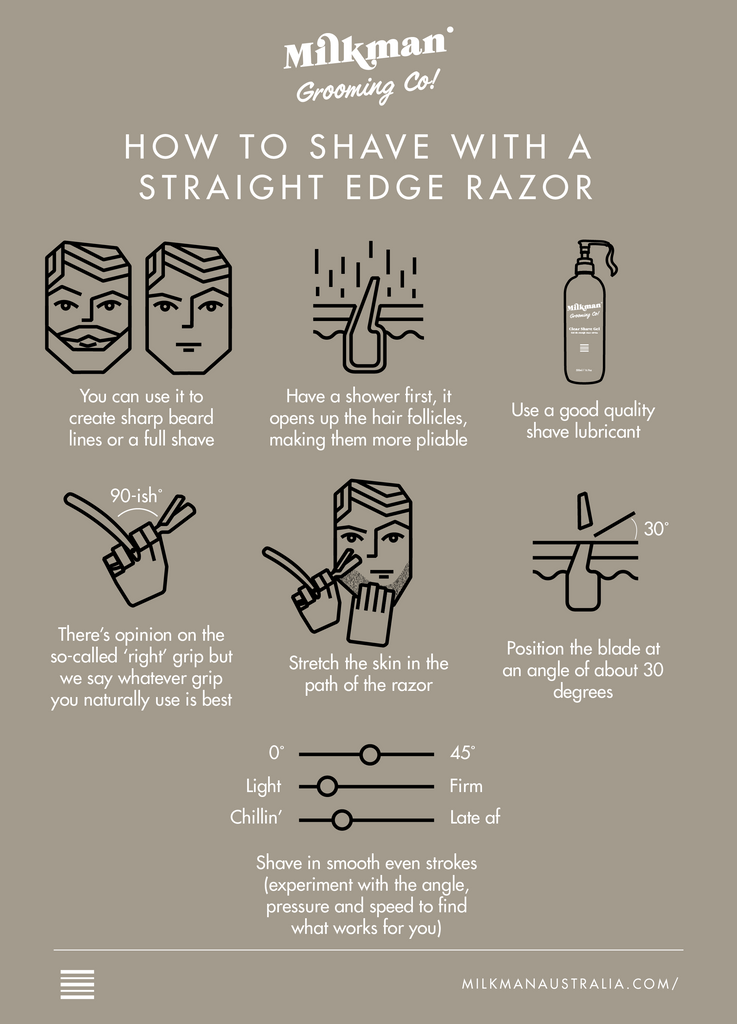
How to change the blade on a straight razor
If you’re using a straight razor that is compatible with safety razor blades, it’s pretty simple. While the double-edge blades is still in its wax paper packaging, snap it in half.
Note: Do not attempt this without the protection of the paper packaging. These babies are sharp and they will cut your fingers. While the cut is healing you are 100% guaranteed to have lemon or salt come in contact with the cut. Spoiler alert: it hurts like a mofo.
Anyway, you then position the half blade in the razor. Open the safety latch, match the cutaways in the blade into the corresponding knobs on the razor. Then, reposition the latch to lock the blade in place.
How to hold a straight edge razor
At the end of the day, there are a bunch of ways to hold the razor. As long as you're comfortable and can control the blade, you're good to go. Generally folks hold the razor one of two ways, here they are:
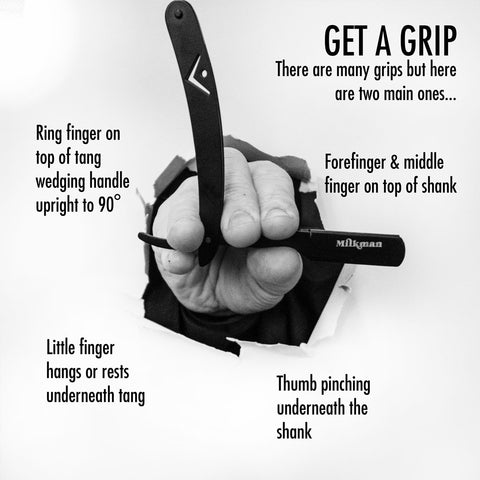
Here, your pointer finger and middle finger rest on top of the shank with your thumb underneath. Your ring and pinkie fingers rest either side of the tang, allowing you to hold the handle vertically.
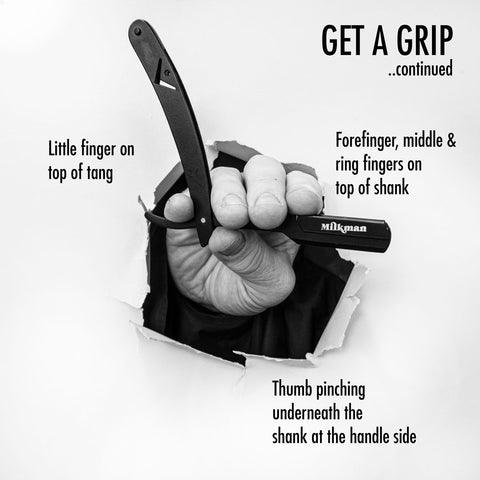
With this grip, only your pinkie rests on the tang. Your other 3 fingers rest on top of the shank with your thumb underneath, but closer towards the hinge than with the first grip we described.
How to care for a straight edge razor
Regardless of whether you’ve invested in a pricey razor or you’ve gone for a cheaper model, due care for your razor will make it last longer.
Rust is the enemy. Your razor may be a metal finish, stainless steel or perhaps carbon steel. Doesn’t matter what it’s made from, all are at risk of rust. Keep your razor bone dry after each use. Give it a good dry with a towel and store it in its designated packaging. You can add a drop of blade oil to protect a blade from damp if you live in a humid area, like far north Queensland, or northern NT or WA.
Another thing: don’t keep it in the shower. (Though you are unlikely to shave with a straight edge razor in the shower; you need the mirror to see what you’re doing.)
A few more dos and don’ts for shaving with a cut throat razor
When you put down your razor between shaves, (to wash your hands perhaps) get in the habit of closing it every time. Just one knock of an open razor has a sharp blade careering off the bathroom basin and onto your exposed shin or toe. Yeouch.
Got kids? They love nothing more than to mimic daddy shaving each day in the mirror. The little tikes will get their hands on your blade if they can. You’re gonna feel bad if your kid gets injured. And your partner will be fuming. You’ll be sleeping on the couch for a month if you don’t store your blade well out of reach from little fingers.
Remember, this is essentially a very sharp knife gliding across your face. So with your technique, strictly no gnawing motions. It’s not called a cut-throat razor for nothing. You probably like your throat the way it is.
If you do hone your razor at home, give it a good rinse before stropping. There may be tiny fragments of stone on your razor that will cause damage to the blade during stropping.
Always strop your razor just before a shave. The razor will lose some of its cutting edge just sitting on the bathroom shelf.
30 degrees is widely considered the best angle to hold your razor against your skin. Less than that, and the razor won’t cut the hairs, but will tug on stubble and hair. More than that, and you’ll get irritation, burning and cuts.
There’s plenty of opinions about the stroke length, the way to hold a razor and the order in which you shave your face. We say bully to all that. You experiment and find out what works for you. Check out the advice, by all means. Then, do what the hell you want.
Learning to shave with a cut throat razor takes time. So don’t choose a day for your first experiment when you need to arrive at work early. It’s possible that you’ll get a few nicks. So plan your first few shaves for a time when you won’t be going on that hot date or big job interview. You don’t want to turn up with cuts all over your face.
You CAN shave against the grain with a good sharp cut throat razor. Blunt razors won’t work but if your blade is fresh and sharp, give it a try.
If you are using a single-edge razor with disposable blades, change the blades every second shave, third shave tops. The blades are ultra cheap so it will not cost you much to stock up. You’ll get a much better shave with a sharp blade.
Give your skin a good dose of hydration after your shave with an after shave serum.
Did you like this article? Why not share it with friends on social media?

